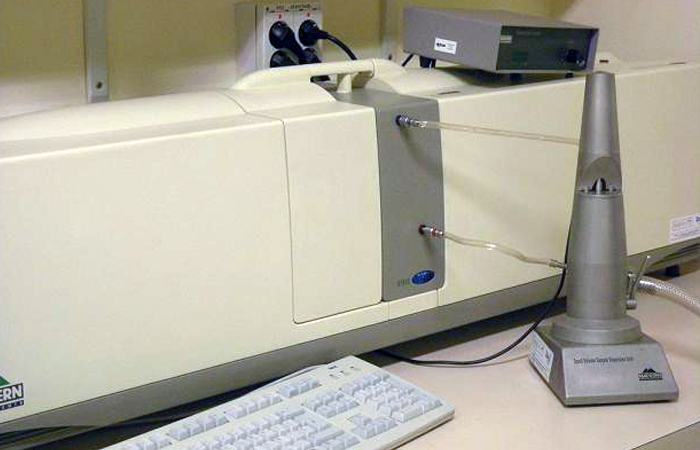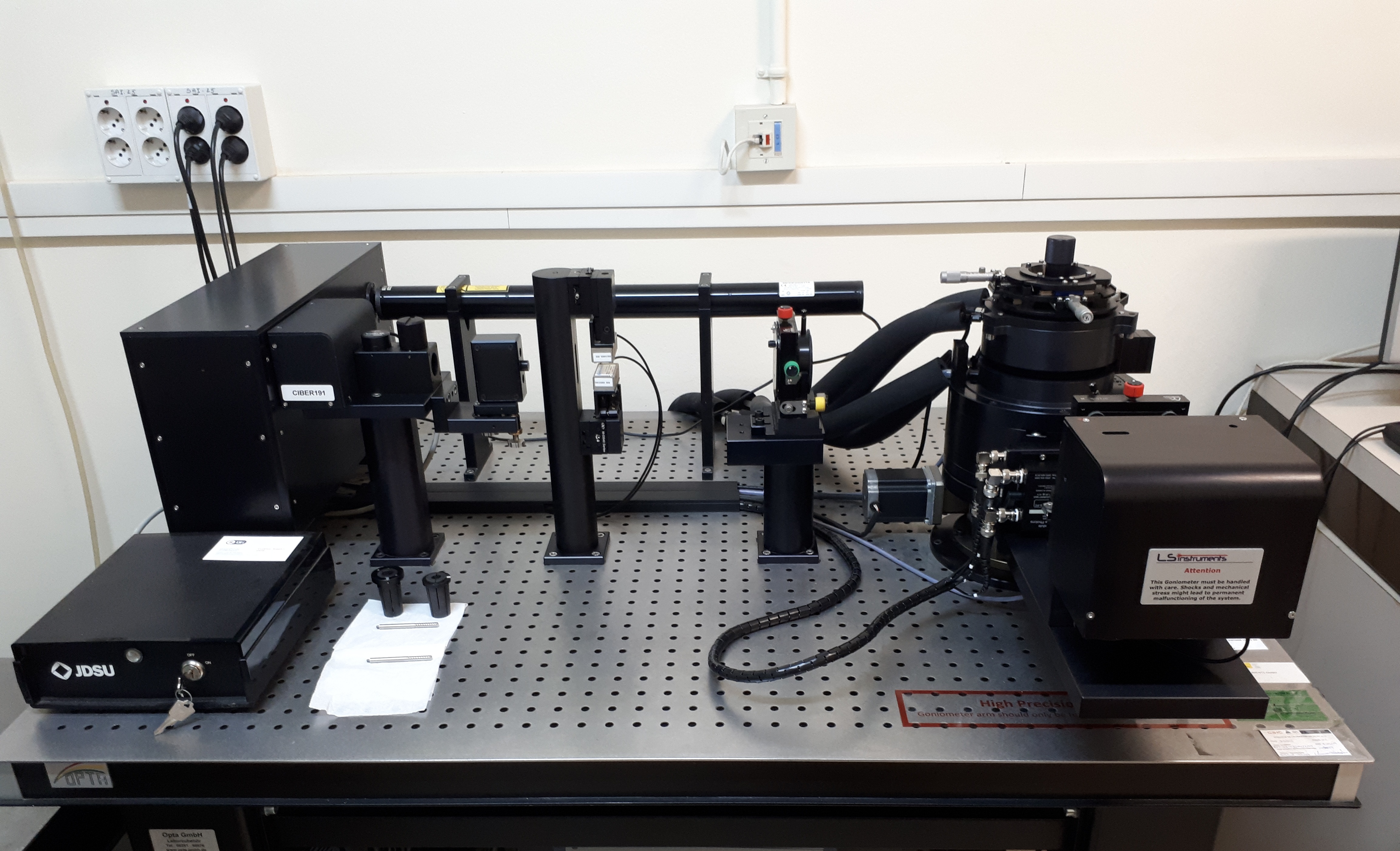U12-E11. Densitometer DMA 4500M (Anton Paar)
U12-E11. DMA -46 densitometer (Anton Paar)
Description:
Instrument for the Determination of the density of liquid samples using Pulsed Excitation. It is a highly precise instrument, measuring density by the method of resonance vibration frequency of a glass capillary.
Applications:
Measurement of the density of liquid samples at controlled temperature


















